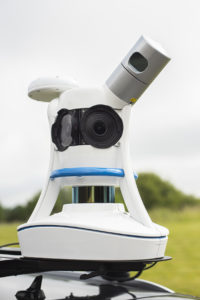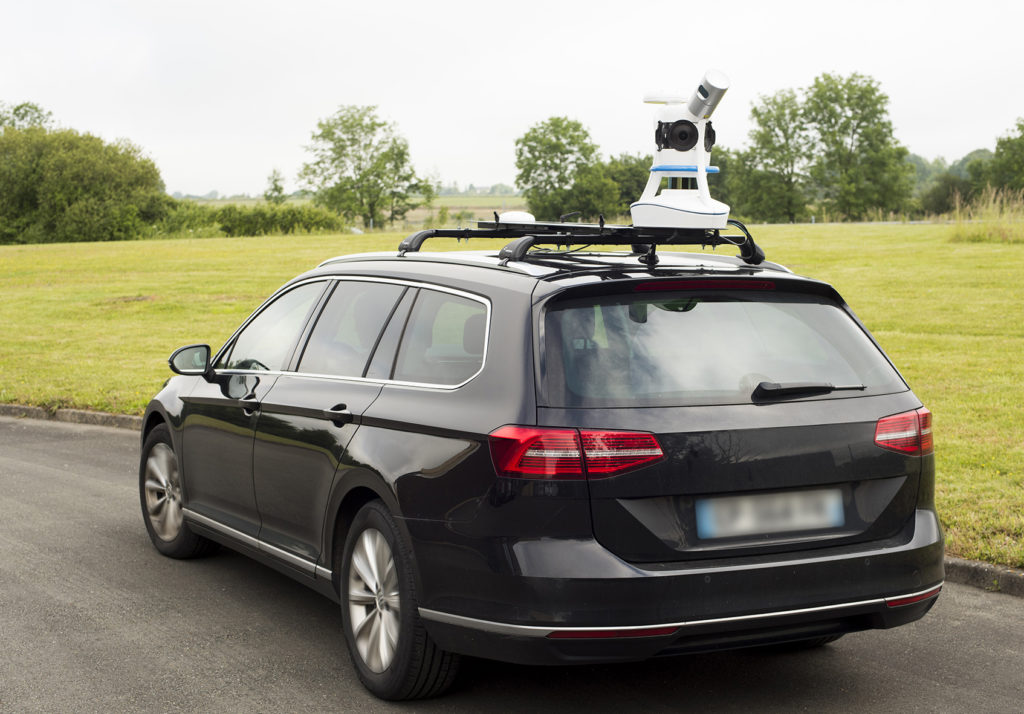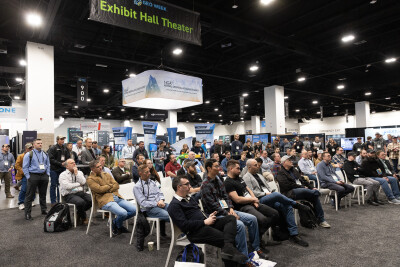Viametris has announced a major update to its innovative vMS3D vehicle-mounted scanner that uses multiple technologies to determine the sensor’s location.
The first version of the vMS3D sensor was released in 2017, catching the industry’s attention by solving a mapping problem that had been plaguing similar systems for years – the inability to map in locations where GPS signals are poor or unavailable. The company has developed a unique “hybrid” approach that brings together an Inertial Measurement Unit (IMU), GNSS and Simultaneous Localization and Mapping (SLAM). Each has their benefits and drawbacks, and together act to cover the others’ weaknesses. GNSS has long been used for reliable positioning but can be interrupted by obstacles (tunnels, trees, canyons, buildings), whereas SLAM uses key points in the environment to determine location, but cannot do so at long distances.

According to Viametris, the vMS3D takes into account the advantages and disadvantages of each technology, depending on their conditions of use.
“When the GNSS receiver provides reliable data, the solution relies on its position. If the GNSS fails or a disturbance occurs, the system them chooses inertial LiDAR-SLAM.”
Ultimately, this allows for vehicle-based scanning technology that is not solely dependent on GNSS receivers, which means that it can go where other scanners cannot. The trio of technologies makes it possible to obtain a precise trajectographic measurement.
The new update includes a complete redesign to be more compact, ergonomic and light. Weighing in at only 9 kilograms, the second generation vMS3D has a new system for affixing the scanner to a vehicle and can be attached in minutes by a single person. The system is mounted on a rigid metal frame, fixed onto two roof bars. The rigidity of the frame limits vibrations between the system and the vehicle and prevents wear and tear to mechanical parts during scanning and acquisition.

In addition, Viametris has simplified the system in both parts and electronics – and with fewer components, it is more robust. This hardiness is intended for the abuse that it may receive in the challenging conditions on roads and in cities. Despite being lighter and streamlined, the second generation retains the same technological capability as its predecessor, with but with added versatility and durability,





